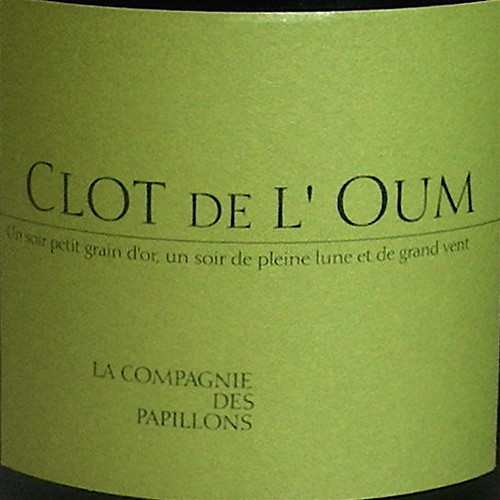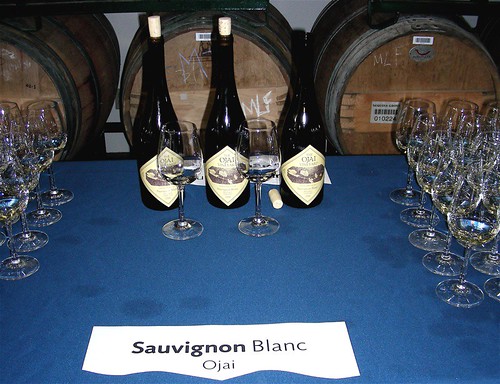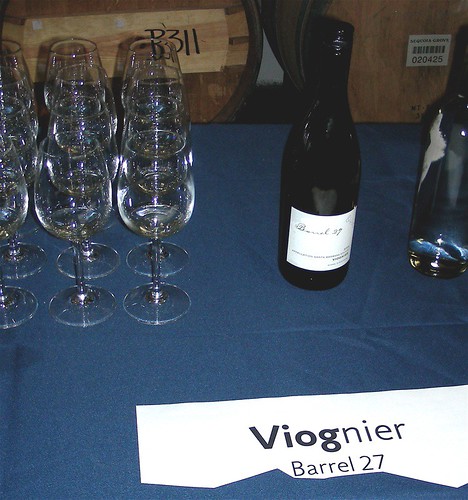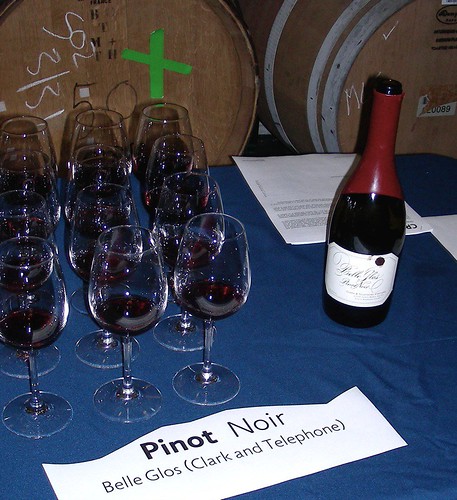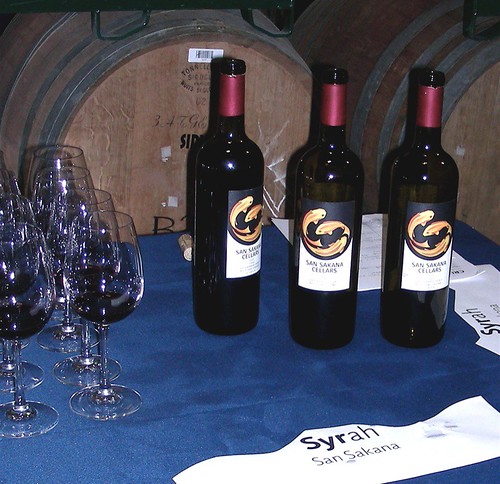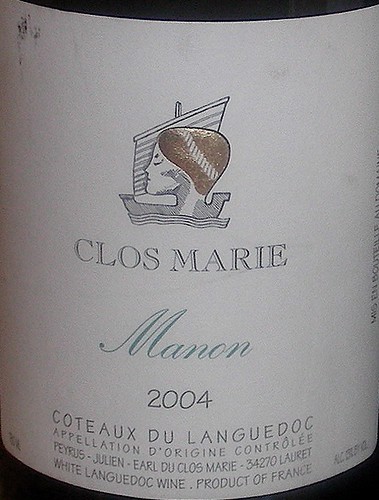Last March, our tasting club met again, this time to taste the wines of New Zealand and Australia.
Even if
Australia is considered to be one of the main
new world wine regions, vineyards were already well established in the 1820s in New South Wales, Victoria, and South Australia. In fact, some of the oldest vines in the world are now found in Australia, as they were able to escape the phylloxera epidemic that destroyed most of Europe's vineyards.
In
New Zealand on the other hand, wine remained a marginal activity until the late 1970s, although the country's first vines were planted in Northland in 1819. New Zealand has now ten main wine growing regions stretching from latitudes 36°S (Northland) to 45°S (Central Otago), thus producing a wide array of wine styles.
Our group tasted seven wines, two whites, five reds, three from New Zealand, and four from Australia.

Our first white was the
2005 Grant Burge Pinot Gris Reserve from
Eden Valley. Located in South Australia, Eden Valley is one of the country's coolest wine regions with a production dominated by Riesling, Chardonnay, and Shiraz. The wine is produced by
Grant Burge Wines, a major wine company located in the
Barossa Valley. Established in 1988, Grant Burge is now one of the top 10 privately owned wine companies in Australia. The wine had a subtle nose of citrus, a clean and generous palate with mineral notes and a fresh acidity on the finish. A light wine for a warm, summery evening.
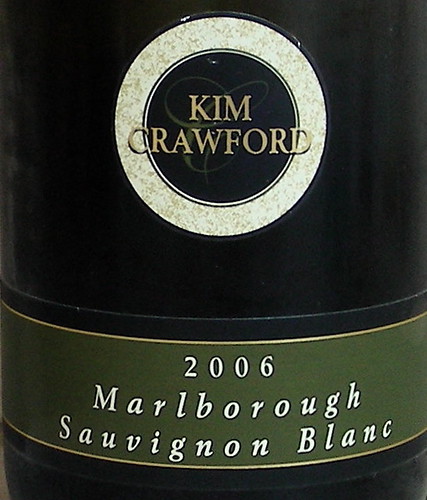
Our second white was the
2006 Kim Crawford Sauvignon Blanc from
Marlborough. Marlborough is New Zealand's largest and best known winegrowing area. Sauvignon Blanc is Marlborough's most planted grape variety and the star of the region with Chardonnay in second place, followed by Pinot Noir and Riesling. The wine had an extremely attractive nose of grapefruit and cassis. The palate was crisp with vibrant fruit flavors, followed by a long aftertaste. The wine was definitively one of the group favorite wines.
Then we tasted the following reds:

•
2005 Felton Road Pinot Noir from
Central Otago: Central Otago is the world's most southerly wine region. It has a continental climate with great extremes of daily and seasonal temperatures. Pinot Noir is the region's dominant grape variety followed by Chardonnay. The wine had a deep color and a fragrant nose of red berry. On the palate, it was rich in flavors with a spicy finish. This was a very nice wine that reminded me of a California Pinot Noir from the Russian River Valley.
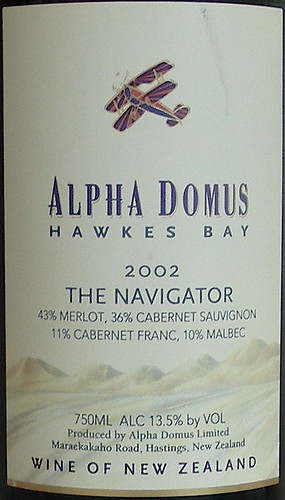
•
2002 Alpha Domus Hawke's Bay The Navigator:
Hawke's Bay is the country's second largest wine region. Chardonnay is the most planted grape variety but late ripening red varieties such as Cabernet Sauvignon, Merlot, Cabernet Franc are very also successful thanks to the area's long sunshine hours. The wine is a classic Bordeaux blend of Merlot (43%), Cabernet Sauvignon (36%), Cabernet Franc (11%) and Malbec (10%). It had a deep red color, a very Bordeaux-like nose with gamey and rose petal notes. The palate was less Bordeaux-like but still earthy with firm tannins and a rather long aftertaste.

•
2001 Leeuwin Art Series Cabernet Sauvignon Margaret River:
Margaret River is a leading wine region located in Western Australia. Although it produces only three percent of total Australian grape production, it produces more than 20 percent of the country's premium wines. Cabernet Sauvignon dominates the production followed by Sauvignon Blanc, Semillon, Chardonnay, and Shiraz.
Leeuwin Estate is located in the South West of Western Australia, just north of Cape Leeuwin, Australia's most southwesterly point, and less than 6 km from the Indian Ocean. The Art Series are the estate's premium wines. Their labels have paintings commissioned from leading contemporary Australian Artists. The wine had a dark purple color and a nose of pepper and yeast. The palate was chewy and exhibited a nice array of fruity aromas. A classic, fruit-driven new world Cabernet.

•
2004 Henschke Henry's Seven Shiraz-Grenache-Viognier: the
Henschke family has been in the
Barossa Valley since 1861 when Johann Christian Henschke, who was fleeing religious persecution in Germany, purchased a farm in Keyneton. This wine is a tribute to Henry Evans who planted the first vineyard (of seven acres) at Keyneton in 1853. It is a blend of 60% Shiraz, 30% Grenache, 5% Viognier, 5% Mourvèdre. It had a deep color and a sweet nose of red and black fruits. The palate was full-bodied and smooth with an aftertaste of bittersweet chocolate. A tasty wine, very food friendly.
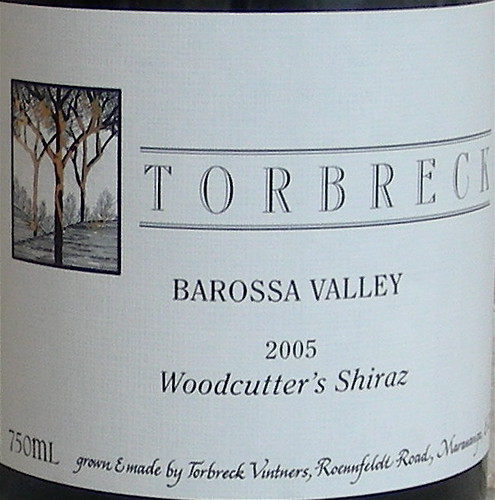
•
2005 Torbreck Woodcutter's Shiraz Barossa Valley:
Torbreck Vintners was founded by David Powell in 1994. The estate produces wines with intense, rich, Rhone-like flavors using Rhone varietals such as Shiraz, Grenache, Mourvèdre, Viognier, Marsanne, and Roussanne. The name
Woodcutter is a reference to David Powell earlier job when he was working as a lumberjack in the Torbreck forest. The wine is a 100% Shiraz from 10 to 20 year old vines. It had a dark color, a sweet berry nose and a full-bodied, smooth palate, leaving a jammy aftertaste of candied fruit. We found the wine much too sweet and much prefered the Henschke.
Our next tasting event should be fun, the theme is Guess the Wine so don't miss it!
Other wine club tastings:
•
From Old World To New World•
Champagne Tasting•
Tasting the wines of PiedmontTechnorati tags:: wine food & drink
 You may have heard of the Feudi di San Gregorio estate. It is widely regarded as one of Italy's most progressive wineries. Established in 1986 in Irpinia, a wine region in Campania, not far from Mount Vesuvio, it is now renowned for its modern style wines from indigenous ancient varietals such as Fiano di Avellino, Falanghina, Greco di Tufo, and Aglianico.
You may have heard of the Feudi di San Gregorio estate. It is widely regarded as one of Italy's most progressive wineries. Established in 1986 in Irpinia, a wine region in Campania, not far from Mount Vesuvio, it is now renowned for its modern style wines from indigenous ancient varietals such as Fiano di Avellino, Falanghina, Greco di Tufo, and Aglianico. 
